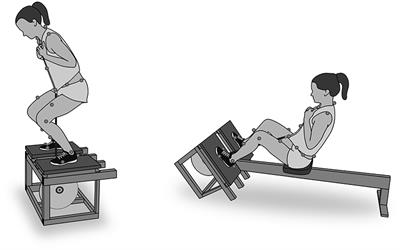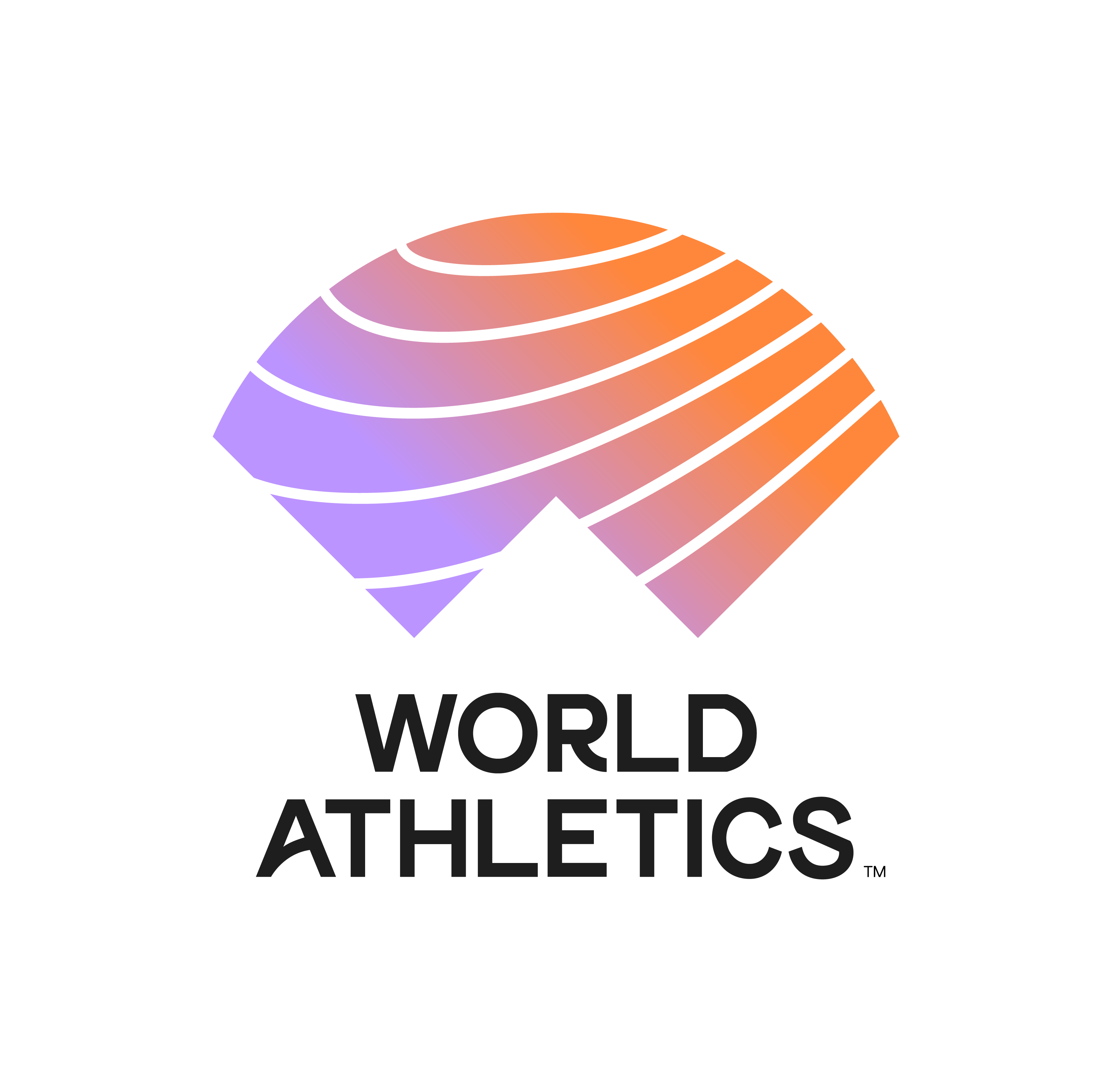BRIEF RESEARCH REPORT
Published on 25 May 2022
The Association Between Hip-Shoulder Separation Angles and Technique Characteristics in World-Class High Jumpers

doi 10.3389/fspor.2022.873526
- 2,708 views
- 1 citation
6,152
Total downloads
47k
Total views and downloads
Select the journal/section where you want your idea to be submitted:
BRIEF RESEARCH REPORT
Published on 25 May 2022

ORIGINAL RESEARCH
Published on 29 Apr 2022
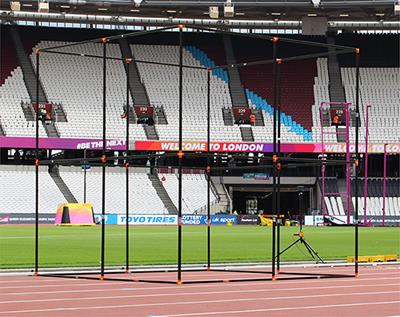
BRIEF RESEARCH REPORT
Published on 14 Apr 2022
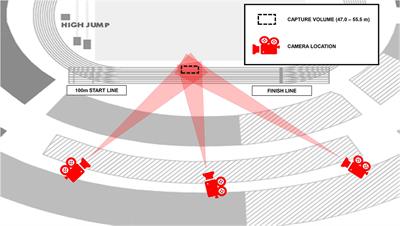
BRIEF RESEARCH REPORT
Published on 06 Apr 2022
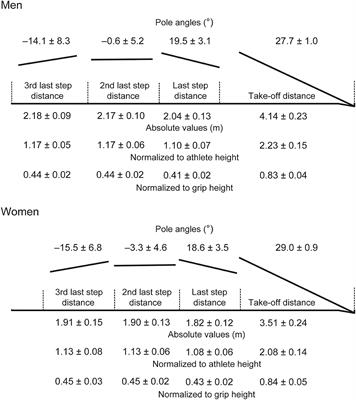
REVIEW
Published on 31 Mar 2022
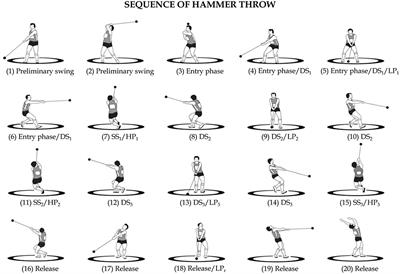
ORIGINAL RESEARCH
Published on 05 Aug 2021
